
💰 Seamless fiat and crypto checkout for both digital and physical ownership
🔍 Designing accessible, intuitive UX that feels invisible
🧠 Balancing brand legacy with technological innovation

• The AI models were sophisticated but needed translation into human terms
• Users needed to understand what they were actually buying - and why it had value
%402x.png)





The value lies in using tech not just as a tool, but as a collaborator to craft culturally significant, forward-thinking opportunities.
Key features I designed:
• Interactive creation process - Users collaborate with AI models trained on specific artists to generate unique pieces, making them co-creators rather than passive buyers.
• Dual-ownership checkout - Single transaction flow that seamlessly bundles physical signed artwork with digital ownership rights. No confusing "NFT" language - just clear ownership of both formats.
• Rarity and provenance system - Designed filtering and visualization tools that help collectors understand what makes each piece valuable and unique, focusing on artistic merit over algorithm complexity.
• Collector engagement features - Recognising that serious art collectors expect curation, context, and continuing engagement rather than simple transactions, I designed a live creation feed to foster ongoing connection, and an additional AR app to reduce purchase hesitation by letting collectors preview works in their actual spaces.







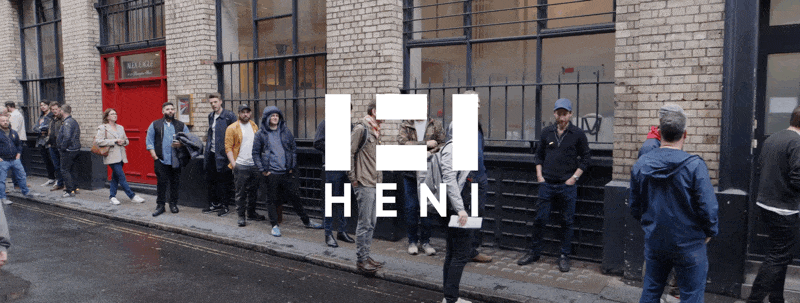














.png)
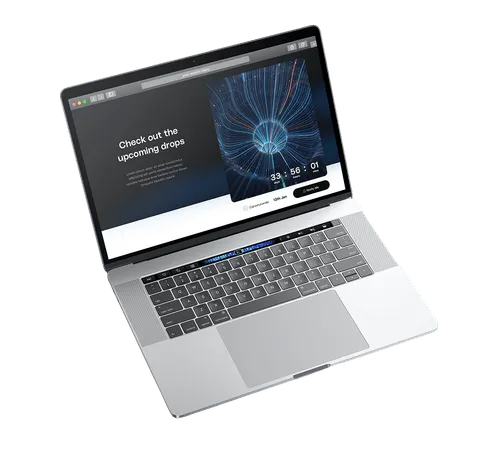
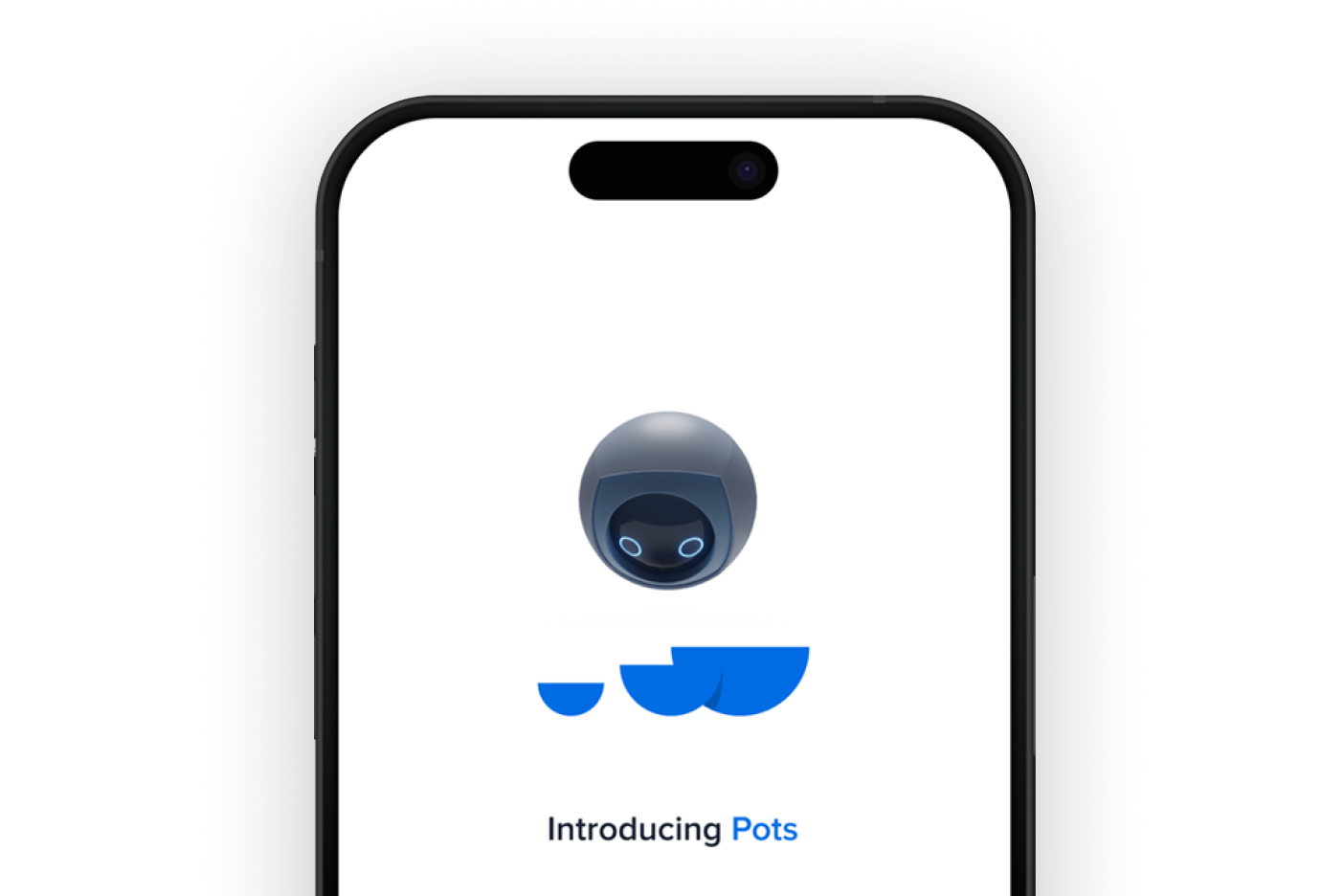
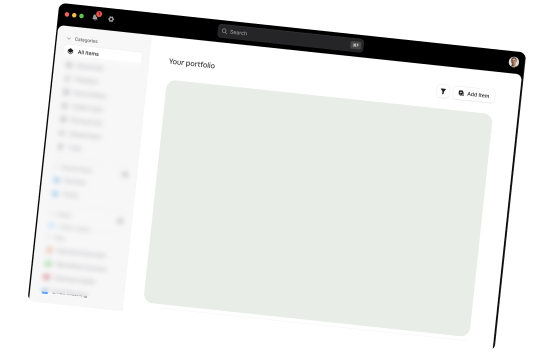


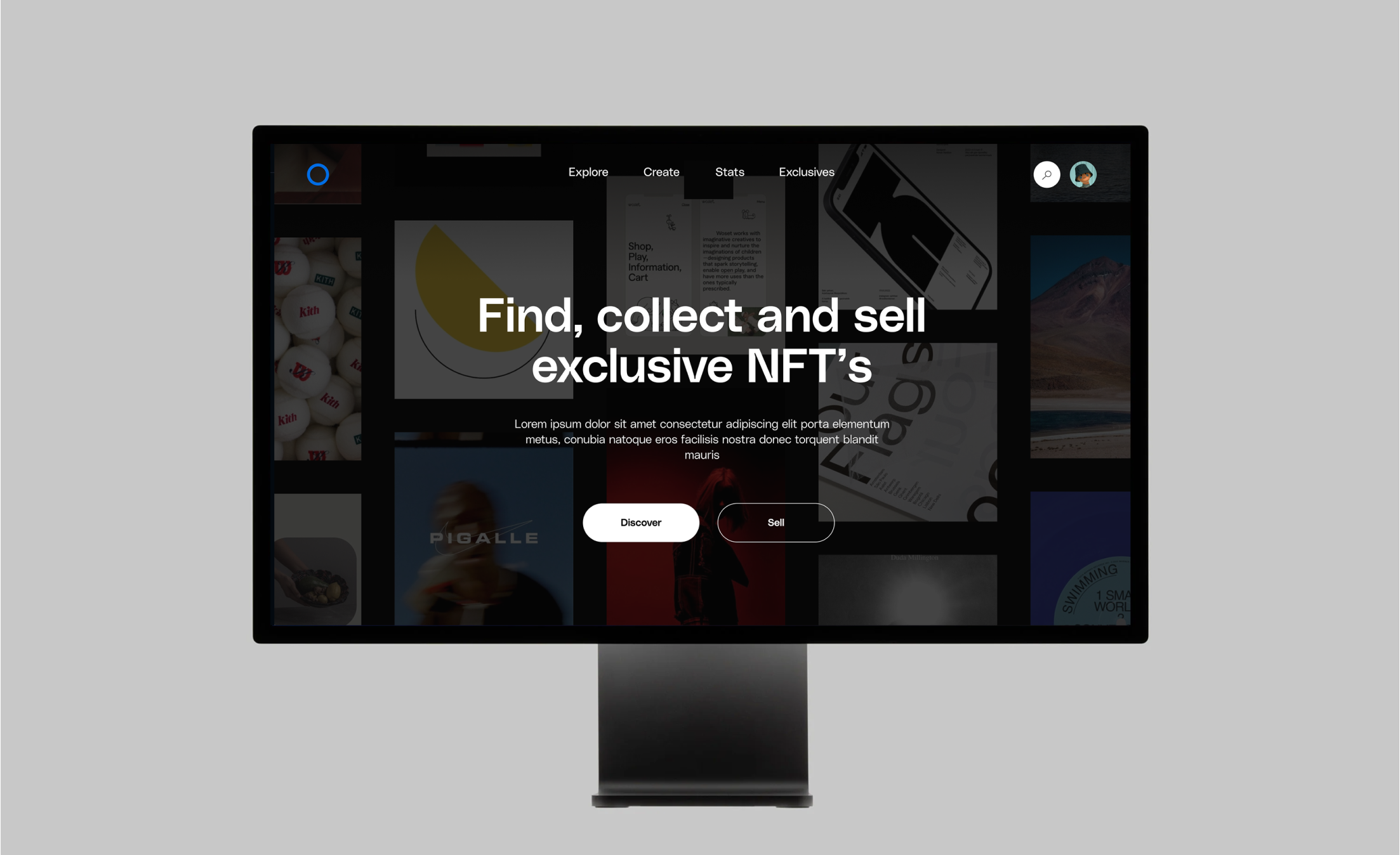
.svg)








